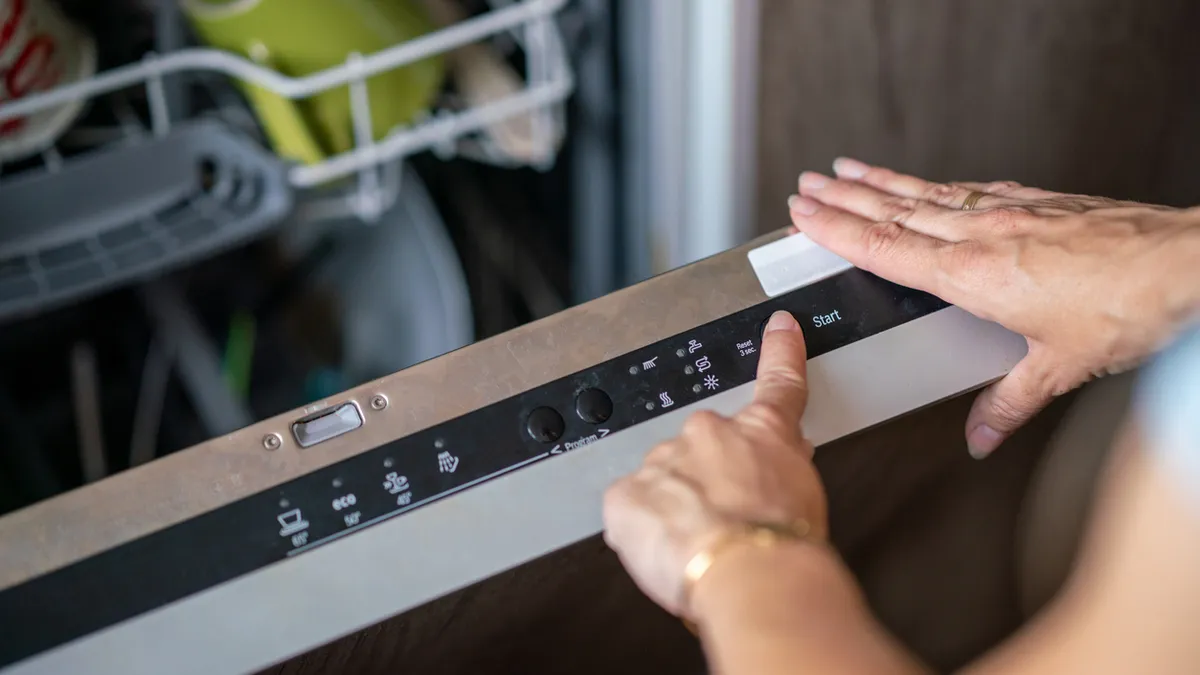The accelerating growth of distributed energy resource (DER) adoption is both exciting, but also creating new challenges for the electric grid. Time-Varying Rates (TVRs) have proven themselves as a cost-effective tool for utilities to unlock demand flexibility at scale to meet decarbonization goals--all while mobilizing customers in the clean energy transition.
Yet to realize the full potential of TVRs, utilities must overcome barriers around customer knowledge and adoption, including low awareness and participation. While Uber surge pricing—another form of TVR—is an inescapable topic of dinner party conversation, utility rate design is neither well-understood nor top-of-mind for most energy customers. According to the Smart Energy Consumer Collaborative, fewer than half of residential customers can identify their current electric rate structure. And while 79% of customers in the U.S. are served by a utility offering a TVR program, only 9% are enrolled (EIA).
Utilities have a massive opportunity to improve and bundle their rates and customer experience strategies to build customer rates literacy, increase TVR enrollment, enable customer bill savings, and deepen load shift for reliable load flexibility. Here are four principles to drive deep-rate customer engagement.
Don’t forget the importance of a seamless customer experience
To be successful on a new rate, customers need to understand the value and potential bill impacts of the rate. Accurate and timely bill comparisons can help convey that message. An intuitive user experience makes it easy for customers to compare different rates to determine the optimal rate option for their usage and easily enroll in that rate. Ongoing rate coaching in the form of regular usage updates and high bill alerts empower customers to adapt their usage through personalized behavioral tips and program recommendations.
Go deeper with insights that motivate action
Personalized usage and bill insights make rate switching relevant and compelling, overcome customer inertia, and motivate customer action. Rate comparisons must be accurate, comprehensive, and easy to understand—preferably using shadow billing, whereby a customer’s actual usage history is modeled against available rate options to identify the lowest cost rate plan.
“What-if” scenarios are an essential tool to build customer confidence that they will be successful on a new rate plan. Using personalized rate comparisons, “what-if” scenarios simulate the bill impact of behavioral load shifting and behind-the-meter DERs under available rate options. For most customers, rate switching represents the opportunity to take more control of their bill through simple load shifting behavior like setting the delay timer on your dishwasher or scheduling your EV to charge overnight. “What-if” scenarios model how small adjustments can result in big bill savings under a new rate plan.
Personalization is powerful. Uplight found that when offered personalized rate comparisons, customer confidence in TVR enrollment increased by more than 21%. Last fall, Uplight and GridX partnered with a utility to send personalized Rate Education Reports to recruit customers to a new TVR rate pilot. These email and print reports featured shadow billing and load shifting scenarios that made the rate switching relevant and TVR success seem achievable.
The personalization worked. Over 5% of customers receiving these reports went on to enroll in TVR—2.5-10x the enrollment rate at comparable utilities. Uplight took a complex rate design that was unfamiliar to most utility customers, presented a rate comparison that was simple and personalized, and ultimately convinced customers that rate switching would be worth their time. Furthermore, customers felt confident that they could succeed on their new rate.
Keep connected with your customers
Once a customer is enrolled, it’s important to keep the communications flowing. Providing customers with ongoing communications, including tips and insights regarding energy usage and additional smart device offerings, builds rate literacy and helps habituate load shifting behaviors. Rate Coach emails can help deepen load shift as customers adjust their new rate. Customers can also be targeted for other utility programs and devices, especially those that will help them get the most from their rate including demand response.
Pair behavioral rates engagement and device-enabled demand management
Most utility TVR programs focus on educating customers about the rate and opportunities for behavioral load shifting to avoid on-peak energy use—putting the responsibility on the customer. This behavioral approach can achieve load shift results, but many customers benefit from a little help in the form of “set it and forget it” load scheduling and automation of smart devices. Utilities can prime customers for success on time-of-use rates by bundling rate enrollment with offers for grid-connected devices, such as smart thermostats, water heater controls, and programmable EV chargers.
Telecom providers have long understood the customer value of bundled services—bundling internet, cable, and even home security into a single subscription. The same concept applies in the electric utility space. When utilities bundle complementary offers like smart thermostat rebates with thermostat demand response (DR) program enrollment at the point of sale, customers enroll in the bundled programs at rates 4 to 5 times higher than are typical for outbound marketing post-sale. The utility rate enrollment of the future should combine an offer for a smart thermostat (ideally with an energy efficiency instant rebate) that is delivered pre-programmed to respond to the customer’s TVR rate. Alternatively, a customer purchasing a thermostat through a traditional retail channel should be able to sync with their utility TVR program on a schedule that balances bill savings and home comfort.
Rates are a pivotal tool for utilities to unlock demand flexibility at scale with meaningful savings opportunities for customers. However, overcoming barriers such as low rate awareness and participation remains imperative for utilities to unlock the full potential of advanced rate designs. By bundling behavioral engagement with device-enabled automation and prioritizing seamless customer experiences, utilities can drive customer engagement, enable bill savings, and deepen load shift. Through personalized insights, ongoing communications, and continued engagement, utilities can empower customers to succeed on new rate plans, ensuring a sustainable energy future for all.










